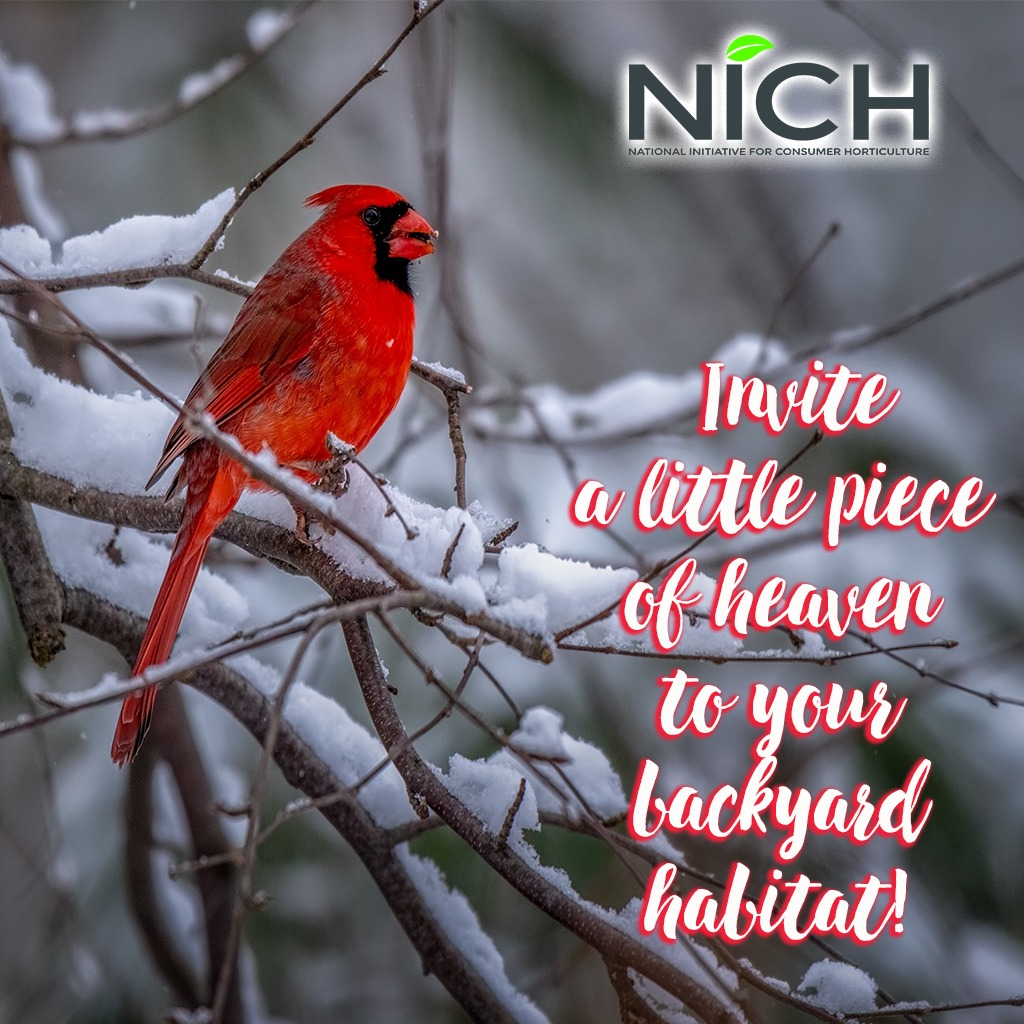In the past, we only wanted our yards to be pretty.
Now we know what we plant in our yard affects the environment, and it can be frustrating for gardeners who try to find the right plants. Supporting life, sequestering carbon, feeding pollinators, and managing water can be lofty goals for gardeners.
Planting native plants in landscapes is now more crucial than ever. Native plants provide food and shelter for animals and need little care. They can defend themselves against drought and pests, reducing the need for pesticides and irrigation systems. Root systems of native plants filter sediments and improve water quality in local streams, ponds, and watersheds.
February is National Bird-Feeding Month and it is celebrated to bring attention to birds during the coldest part of year when food can be scarce. Urban sprawl has taken over wildlife habitats and many new subdivisions are typically landscaped with non-native plants. Incorporating native plants with the well-behaved non-native plants in yards that are already established can be a great compromise.
The Audubon Society helps to promote “Plants for Birds” by advocating for native plants that support birds in our landscapes by offering a list of plants recommended on their website that have been known to attract certain species of birds. Visit their website for a list of native plants based on your zip code to bring more birds to your home. https://www.audubon.org/native-plants
Colette Dean is a Master Gardener and Master Naturalist based in Baton Rouge, Louisiana.
The National Initiative for Consumer Horticulture (NICH) is a consortium of industry leaders who are promoting the benefits and value of horticulture. NICH brings together academia, government, industry, and nonprofits to cultivate the growth and development of a healthy world through landscapes, gardens and plants — indoors and out.
Please feel free to share or adapt this article in your newsletter or other customer communications.





Leave a Reply